Home>Furniture & Design>Bathroom Accessories>What Is The Best Exhaust Fan For The Kitchen
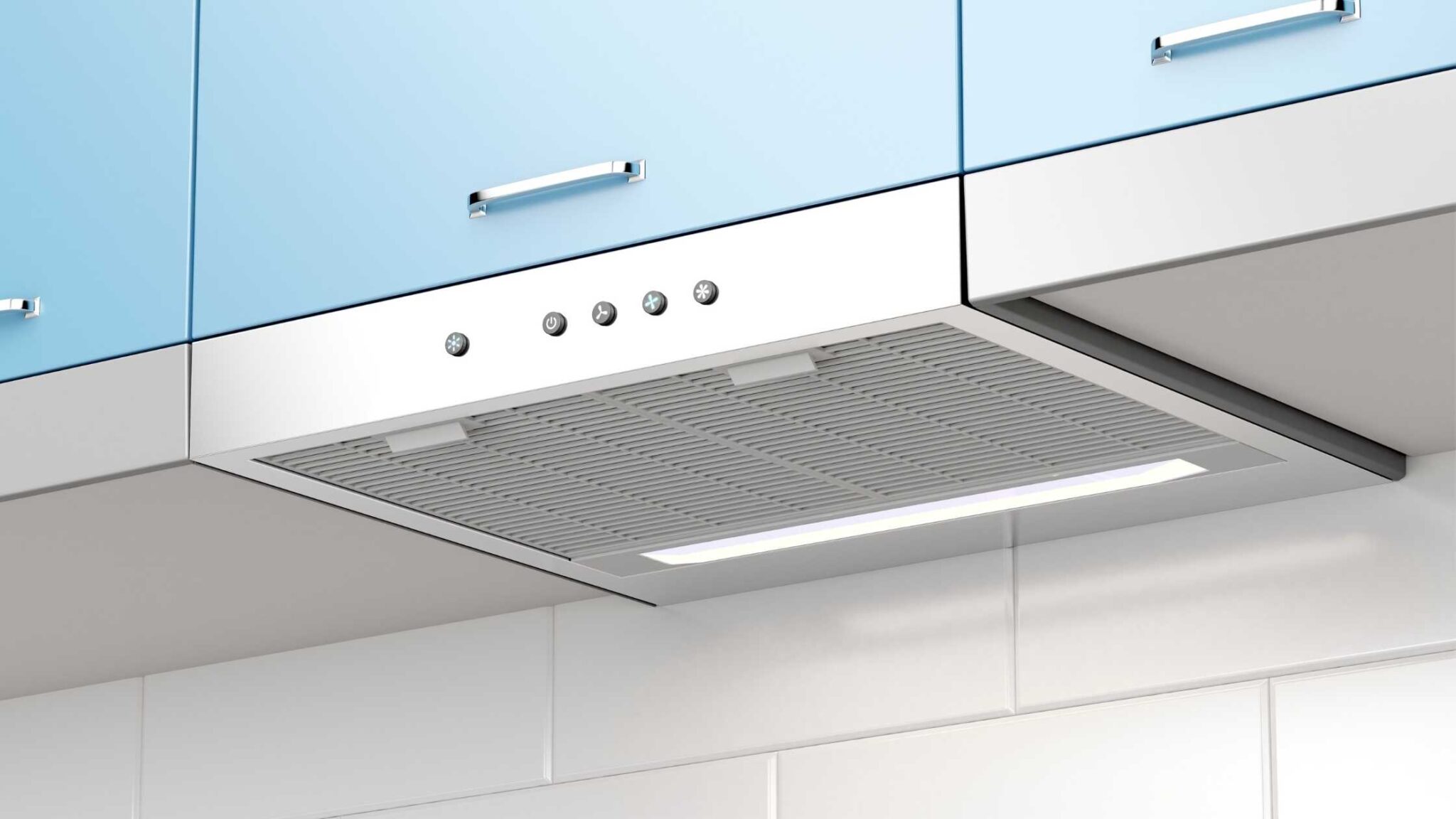

Bathroom Accessories
What Is The Best Exhaust Fan For The Kitchen
Modified: March 25, 2024
Looking for the best exhaust fan for your kitchen? Explore our range of high-quality bathroom accessories to find the perfect solution for your needs.
(Many of the links in this article redirect to a specific reviewed product. Your purchase of these products through affiliate links helps to generate commission for Storables.com, at no extra cost. Learn more)
Introduction
The kitchen is the heart of the home, where delicious meals are prepared, memories are made, and conversations flow. However, the process of cooking can also generate heat, steam, and odors that can linger and impact the overall indoor air quality. This is where the importance of having an exhaust fan in the kitchen becomes evident. An exhaust fan, also known as a range hood or extractor fan, plays a crucial role in maintaining a fresh and comfortable kitchen environment by removing airborne grease, smoke, cooking odors, and excess moisture.
A well-functioning exhaust fan not only helps to keep the kitchen air clean and free from lingering odors but also contributes to preventing the accumulation of grease on surfaces and minimizing the risk of mold and mildew growth. Additionally, it aids in reducing the overall humidity levels, which can be particularly beneficial in homes located in humid climates.
Choosing the best exhaust fan for your kitchen involves considering various factors, such as the size of the kitchen, the type of cooking activities typically performed, and the layout of the cooking area. Furthermore, understanding the different types of exhaust fans available and the top brands and models in the market can guide you in making an informed decision that aligns with your specific needs and preferences.
In this comprehensive guide, we will delve into the importance of having an exhaust fan in the kitchen, explore the factors to consider when choosing the best exhaust fan, discuss the types of exhaust fans suitable for kitchen spaces, highlight top brands and models, and provide valuable installation and maintenance tips. By the end of this article, you will be equipped with the knowledge needed to select the most suitable exhaust fan for your kitchen, ensuring a pleasant and healthy cooking environment for you and your loved ones.
Key Takeaways:
- Choosing the right exhaust fan for your kitchen is crucial for keeping the air clean and fresh. Consider factors like kitchen size, ventilation power, and design to create a comfortable cooking environment.
- Regular maintenance and proper installation are essential for maximizing the effectiveness of your kitchen exhaust fan. Keep it clean, inspect for damage, and consider professional maintenance for long-lasting ventilation.
Read more: What Is An Exhaust Fan
Importance of Having an Exhaust Fan in the Kitchen
Having an exhaust fan in the kitchen is not just a matter of convenience; it is a crucial element for maintaining a healthy and comfortable cooking environment. When you cook, especially when using the stovetop, various byproducts such as heat, steam, grease, and odors are released into the air. Without proper ventilation, these byproducts can accumulate, leading to a range of issues including poor indoor air quality, lingering odors, and potential health hazards.
One of the primary reasons for having an exhaust fan in the kitchen is to remove airborne grease. During the cooking process, especially when frying or grilling, tiny grease particles become airborne and can settle on surfaces throughout the kitchen. Over time, this can lead to the accumulation of grease on cabinets, countertops, and other surfaces, creating a sticky and unsightly mess. An exhaust fan helps to capture and expel these grease particles, preventing them from settling on surfaces and making cleaning tasks more manageable.
In addition to grease, cooking activities can produce smoke and strong odors that may linger in the kitchen and spread to other areas of the home. An exhaust fan effectively removes these odors and helps to maintain a fresh and pleasant indoor environment. Furthermore, the removal of cooking odors is particularly beneficial for open-concept homes where the kitchen is connected to the living or dining areas, as it prevents the spread of unwanted smells to other living spaces.
Moreover, an exhaust fan plays a crucial role in reducing excess moisture and humidity in the kitchen. When cooking, especially when boiling water or using the dishwasher, steam is released into the air, contributing to elevated humidity levels. If left unchecked, high humidity can lead to mold and mildew growth, which not only poses health risks but also causes damage to surfaces and materials in the kitchen.
By expelling moisture-laden air, an exhaust fan helps to maintain optimal humidity levels, contributing to a healthier indoor environment and preserving the integrity of kitchen surfaces and cabinetry. Additionally, reducing humidity levels can also aid in preventing the formation of condensation on windows and other surfaces, thus mitigating potential water damage.
In summary, the importance of having an exhaust fan in the kitchen cannot be overstated. From removing airborne grease and cooking odors to reducing excess moisture, an exhaust fan is essential for maintaining a clean, comfortable, and healthy cooking environment. Whether you are preparing a quick weekday meal or hosting a gathering, the presence of a well-functioning exhaust fan ensures that your kitchen remains a welcoming and enjoyable space for culinary pursuits.
Factors to Consider When Choosing the Best Exhaust Fan
When selecting the best exhaust fan for your kitchen, several essential factors should be taken into account to ensure that the chosen fan meets the specific needs of your cooking space. By carefully considering these factors, you can make an informed decision that aligns with your kitchen's size, layout, and the type of cooking activities typically performed.
1. Kitchen Size and Layout
The size and layout of your kitchen play a significant role in determining the appropriate exhaust fan. For smaller kitchens with limited space above the cooking area, a compact and sleek exhaust fan that fits seamlessly into the available space may be ideal. Conversely, larger kitchens with expansive cooking areas may require a more powerful exhaust fan with a wider coverage area to effectively capture and remove cooking byproducts.
2. Ventilation Power and Airflow Capacity
The ventilation power and airflow capacity of an exhaust fan are crucial considerations. The fan's ability to effectively remove airborne grease, smoke, and odors is directly related to its ventilation power. Higher ventilation power is typically required for kitchens where frequent and high-heat cooking methods are employed, such as stir-frying and grilling. Additionally, considering the airflow capacity in relation to the kitchen's size and the volume of cooking activities can guide you in selecting a fan that efficiently circulates and refreshes the air.
Read more: What Is The Best Bathroom Exhaust Fan
3. Noise Level
The noise level of an exhaust fan is an important factor, especially for kitchens that are open to other living spaces or where quiet operation is preferred. Selecting a fan with low noise emissions ensures that the cooking environment remains peaceful, without the distraction of excessive fan noise during meal preparation and social gatherings.
4. Energy Efficiency
Opting for an energy-efficient exhaust fan not only reduces electricity consumption but also contributes to long-term cost savings. Look for fans with energy-efficient motors and features such as adjustable speed settings, which allow for customized ventilation while conserving energy when maximum airflow is not required.
5. Design and Aesthetics
The design and aesthetics of the exhaust fan should complement the overall style of the kitchen. Whether you prefer a sleek and modern range hood or a discreet under-cabinet exhaust fan, choosing a design that integrates seamlessly with the kitchen's decor enhances the visual appeal of the space while providing essential ventilation.
6. Ease of Installation and Maintenance
Consider the ease of installation and maintenance when selecting an exhaust fan. Look for models that offer straightforward installation processes and easy-to-access components for cleaning and maintenance. Additionally, opting for fans with dishwasher-safe filters simplifies the cleaning and upkeep of the unit, ensuring that it continues to operate at peak efficiency.
By carefully evaluating these factors, you can confidently choose the best exhaust fan for your kitchen, ensuring optimal ventilation and a comfortable cooking environment tailored to your specific requirements.
Read more: What Is CFM For An Exhaust Fan
Types of Exhaust Fans for the Kitchen
When it comes to selecting an exhaust fan for the kitchen, it's essential to understand the different types available, each offering unique features and installation options to suit various kitchen layouts and ventilation needs. Here are the primary types of exhaust fans designed specifically for kitchen environments:
1. Wall-Mounted Exhaust Fans
Wall-mounted exhaust fans are installed on the exterior wall of the kitchen, directly above the cooking area. These fans are ideal for kitchens where ductwork can be routed to the exterior, allowing for efficient ventilation. They are available in a range of sizes and ventilation capacities to accommodate different kitchen layouts and cooking styles. Wall-mounted exhaust fans effectively draw cooking byproducts, such as smoke and odors, directly outside, contributing to improved indoor air quality and a fresher kitchen environment.
2. Under-Cabinet Range Hoods
Under-cabinet range hoods are designed to fit beneath kitchen cabinets, directly above the stovetop or cooking range. These compact and space-saving exhaust fans offer powerful ventilation capabilities while integrating seamlessly into the kitchen's design. Under-cabinet range hoods come in various styles, including sleek stainless steel models and discreet options that blend with the cabinetry. They are an excellent choice for kitchens with limited space above the cooking area, providing efficient ventilation without compromising on aesthetics.
3. Island Range Hoods
For kitchens with cooking islands or peninsula configurations, island range hoods are the preferred choice. These exhaust fans are suspended from the ceiling directly above the cooking surface, offering effective ventilation for open-concept kitchen layouts. Island range hoods are designed to make a visual statement, often featuring modern and stylish designs that complement the overall kitchen decor. They are available in various sizes and airflow capacities to accommodate different island configurations and cooking styles, ensuring optimal ventilation and a striking focal point in the kitchen.
Read more: What Is An Exhaust Fan Used For
4. Downdraft Ventilation Systems
Downdraft ventilation systems are a versatile option for kitchens where traditional range hood installations may not be feasible. These systems are integrated directly into the cooking surface, rising from the countertop at the touch of a button to capture cooking byproducts and then retracting when not in use. Downdraft systems are particularly suitable for kitchen islands and open-concept layouts, offering unobtrusive ventilation without the need for overhead hood installations. They provide a seamless and modern approach to kitchen ventilation while effectively removing smoke, steam, and odors during cooking activities.
By understanding the distinct characteristics and installation requirements of each type of exhaust fan, you can make an informed decision based on your kitchen's layout, ventilation needs, and aesthetic preferences. Whether you opt for a wall-mounted fan, under-cabinet range hood, island range hood, or downdraft ventilation system, selecting the right type of exhaust fan ensures efficient and tailored ventilation for a comfortable and inviting kitchen environment.
Top Brands and Models of Exhaust Fans for the Kitchen
When it comes to choosing the best exhaust fan for your kitchen, several reputable brands offer a diverse range of models designed to meet various ventilation needs while incorporating innovative features and stylish designs. Here are some top brands and their standout models that have garnered acclaim for their performance, reliability, and aesthetic appeal:
1. Broan-NuTone
- Model: Broan-NuTone 413004 Stainless Steel Range Hood
- This under-cabinet range hood from Broan-NuTone combines sleek stainless steel construction with powerful ventilation capabilities. With a two-speed fan and effective incandescent lighting, this model efficiently removes cooking odors and smoke while illuminating the cooking area.
2. KitchenAid
- Model: KitchenAid KVWB600DSS Wall-Mount Canopy Range Hood
- Known for its premium appliances, KitchenAid offers the KVWB600DSS wall-mount canopy range hood, featuring a powerful 600 CFM motor and three-speed settings. This model boasts a modern design with touch controls and LED lighting, providing both functionality and visual appeal.
Read more: What Is An Exhaust Fan In The Bathroom
3. GE Appliances
- Model: GE Appliances UVW8301SLSS Wall-Mount Glass Canopy Chimney Hood
- GE Appliances presents the UVW8301SLSS wall-mount glass canopy chimney hood, showcasing a stylish glass and stainless steel design. With a powerful 350 CFM blower and adjustable fan speeds, this model effectively removes smoke and odors while adding a contemporary touch to the kitchen.
4. Zephyr
- Model: Zephyr AK2100BS Power Typhoon Series Under-Cabinet Range Hood
- Zephyr's AK2100BS Power Typhoon Series under-cabinet range hood offers a robust 850 CFM blower and innovative ICON Touch controls. This model combines high-performance ventilation with a minimalist design, making it an ideal choice for kitchens where space-saving solutions are essential.
5. Bosch
- Model: Bosch DPH36652UC 36" Under-Cabinet Custom Hood Insert
- Bosch's DPH36652UC under-cabinet custom hood insert delivers powerful ventilation with a 600 CFM blower and three-speed touch controls. This model is designed to seamlessly integrate into custom cabinetry, providing discreet yet effective ventilation for the kitchen.
6. Whirlpool
- Model: Whirlpool WVW53UC6FS Wall-Mount Glass Canopy Range Hood
- The Whirlpool WVW53UC6FS wall-mount glass canopy range hood offers a contemporary aesthetic with a powerful 400 CFM motor and LED task lighting. This model combines efficient ventilation with a stylish glass canopy design, enhancing both functionality and visual appeal in the kitchen.
These top brands and their standout models exemplify the commitment to delivering high-quality and innovative exhaust fans for the kitchen. Whether you prioritize powerful ventilation, modern design, or seamless integration, these brands offer a diverse selection of models to cater to various kitchen configurations and ventilation requirements. By exploring the offerings from these reputable brands, you can discover the perfect exhaust fan that aligns with your preferences and enhances the overall cooking environment in your home.
Read more: How To Install An Exhaust Fan
Installation and Maintenance Tips
Proper installation and regular maintenance are essential for ensuring the optimal performance and longevity of your kitchen exhaust fan. By following these installation and maintenance tips, you can maximize the effectiveness of the fan while prolonging its service life.
Installation Tips
-
Professional Installation: Consider hiring a professional for the installation of your exhaust fan, especially if it involves complex ductwork or electrical connections. Professional installation ensures that the fan is correctly positioned and securely mounted, optimizing its ventilation capabilities.
-
Ductwork Inspection: Before installation, inspect the ductwork to ensure it is free from obstructions and leaks. Proper ductwork is crucial for efficient airflow and the effective removal of cooking byproducts from the kitchen.
-
Optimal Placement: Position the exhaust fan directly above the cooking area to capture airborne grease, smoke, and odors at the source. For island range hoods and downdraft systems, ensure that the fan is centrally located to effectively remove cooking byproducts from all directions.
-
Electrical Considerations: If the installation involves electrical connections, ensure that the fan is wired according to local building codes and safety standards. Consider incorporating a dedicated circuit for the exhaust fan to prevent electrical overload.
-
Ventilation Power: Select an exhaust fan with adequate ventilation power based on the size of your kitchen and the volume of cooking activities. Proper ventilation power ensures that the fan can effectively remove cooking byproducts and maintain a fresh kitchen environment.
Maintenance Tips
-
Regular Cleaning: Clean the fan and its components regularly to prevent the accumulation of grease and debris. Remove and clean the filters, fan blades, and housing according to the manufacturer's instructions to maintain optimal airflow and ventilation efficiency.
-
Filter Replacement: If your exhaust fan is equipped with filters, replace them as recommended by the manufacturer. Clean filters ensure that the fan can effectively capture airborne grease and prevent it from accumulating on surfaces in the kitchen.
-
Inspect for Damage: Periodically inspect the fan and its components for any signs of damage or wear. Check for loose connections, cracks, or excessive noise during operation, and address any issues promptly to prevent further damage.
-
Professional Maintenance: Consider scheduling professional maintenance for your exhaust fan, especially if it is integrated into a larger ventilation system. Professional technicians can inspect and service the fan, ensuring that it operates at peak efficiency.
-
Ventilation System Cleaning: If your exhaust fan is part of a larger ventilation system, such as a ducted range hood, consider scheduling professional duct cleaning to remove accumulated grease and debris from the ductwork, promoting optimal airflow and ventilation.
By adhering to these installation and maintenance tips, you can ensure that your kitchen exhaust fan operates effectively, providing efficient ventilation and maintaining a clean and comfortable cooking environment for years to come.
Conclusion
In conclusion, the presence of an exhaust fan in the kitchen is indispensable for maintaining a healthy, comfortable, and inviting cooking environment. From removing airborne grease and cooking odors to reducing excess moisture and humidity, an exhaust fan plays a pivotal role in enhancing indoor air quality and preserving the overall cleanliness of the kitchen. By expelling cooking byproducts and refreshing the air, the exhaust fan contributes to a pleasant culinary experience, whether it involves preparing everyday meals or hosting gatherings and celebrations.
When choosing the best exhaust fan for your kitchen, careful consideration of factors such as kitchen size, ventilation power, noise level, energy efficiency, design, and ease of installation and maintenance is essential. By evaluating these factors, you can select an exhaust fan that aligns with your specific needs and complements the layout and style of your kitchen. Whether opting for a wall-mounted fan, under-cabinet range hood, island range hood, or downdraft ventilation system, the chosen exhaust fan should effectively capture and expel cooking byproducts while seamlessly integrating into the kitchen's design.
Exploring the diverse types of exhaust fans available, including wall-mounted fans, under-cabinet range hoods, island range hoods, and downdraft ventilation systems, provides insight into the unique features and installation options tailored to different kitchen layouts and ventilation requirements. Understanding the distinct characteristics of each type empowers homeowners to make informed decisions that enhance the functionality and visual appeal of their kitchen spaces.
Furthermore, reputable brands such as Broan-NuTone, KitchenAid, GE Appliances, Zephyr, Bosch, and Whirlpool offer a range of standout models known for their performance, reliability, and aesthetic appeal. By considering the offerings from these top brands, homeowners can discover exhaust fans that not only deliver powerful ventilation but also elevate the overall ambiance of the kitchen, reflecting their personal style and preferences.
Finally, adhering to proper installation and regular maintenance practices ensures that the selected exhaust fan operates at peak efficiency, providing consistent and effective ventilation for years to come. By following installation guidelines, conducting routine cleaning and maintenance, and addressing any issues promptly, homeowners can maximize the performance and longevity of their kitchen exhaust fans, contributing to a healthier and more enjoyable cooking environment.
In essence, the best exhaust fan for the kitchen goes beyond mere ventilation; it is a vital component that enhances the overall cooking experience, promotes cleanliness, and contributes to the well-being of those who gather in the heart of the home. Selecting the right exhaust fan tailored to your kitchen's specific needs ensures that the culinary journey remains a delightful and refreshing pursuit, creating cherished moments and delectable creations in a welcoming and well-ventilated kitchen environment.
Frequently Asked Questions about What Is The Best Exhaust Fan For The Kitchen
Was this page helpful?
At Storables.com, we guarantee accurate and reliable information. Our content, validated by Expert Board Contributors, is crafted following stringent Editorial Policies. We're committed to providing you with well-researched, expert-backed insights for all your informational needs.
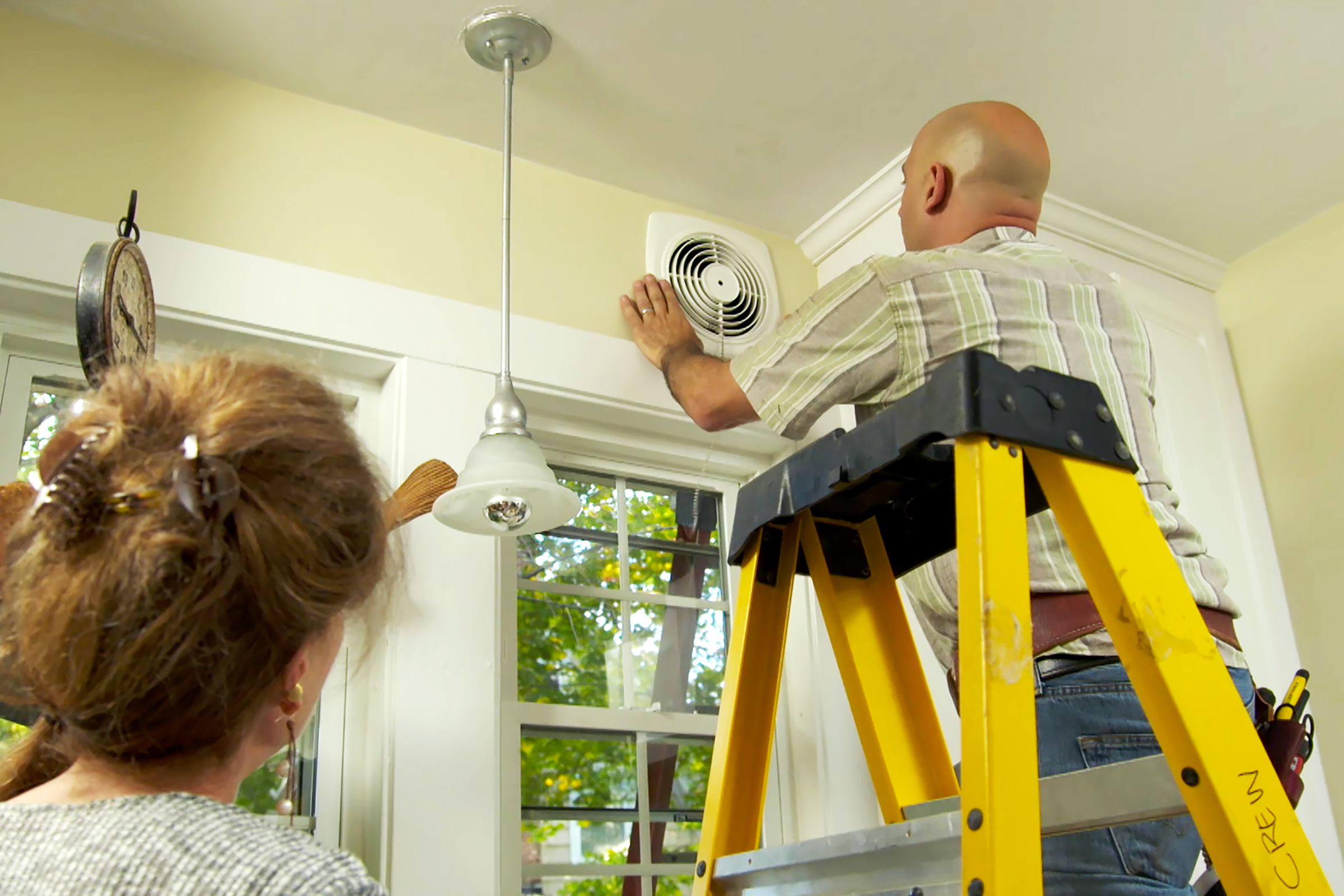
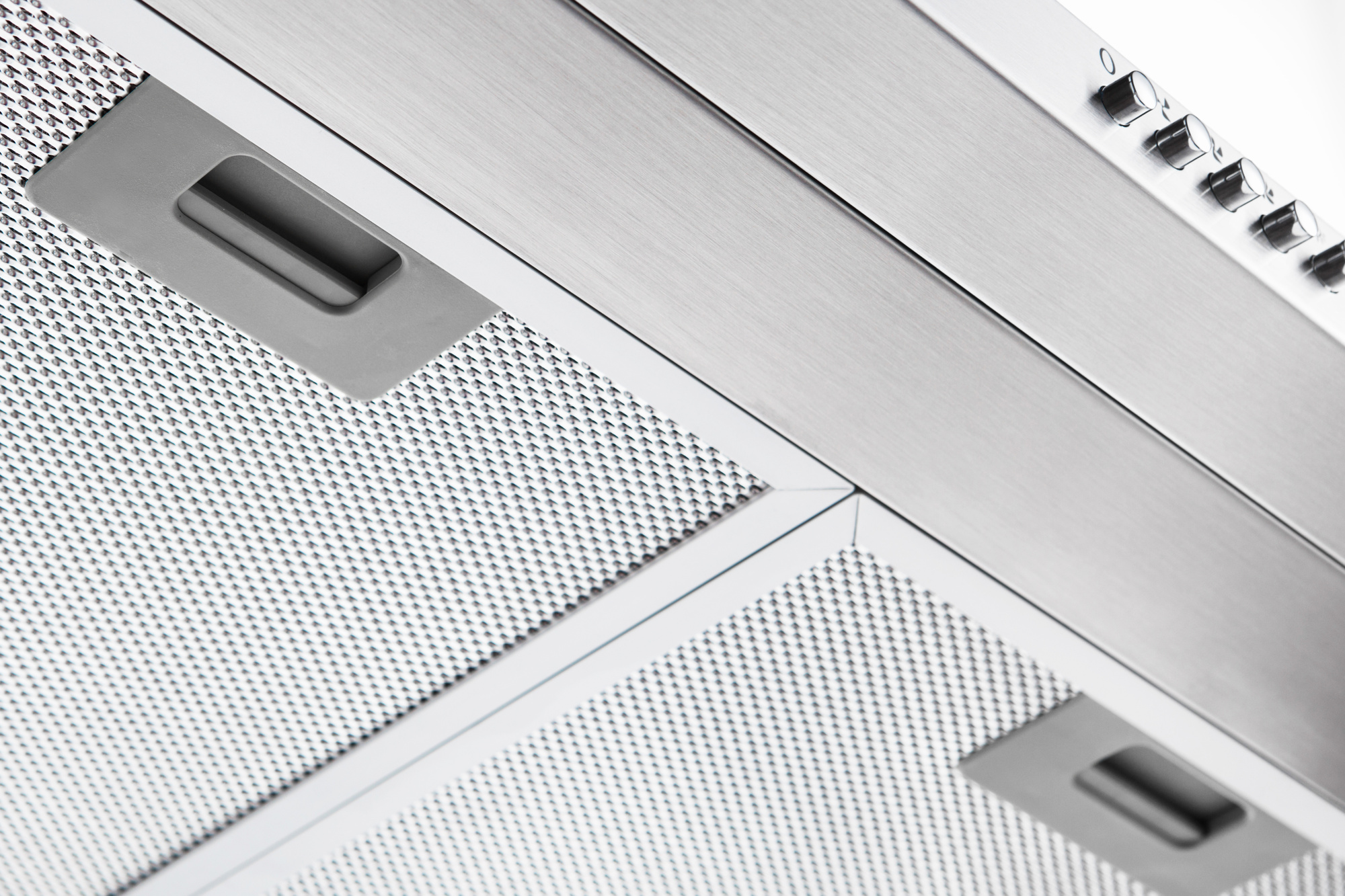
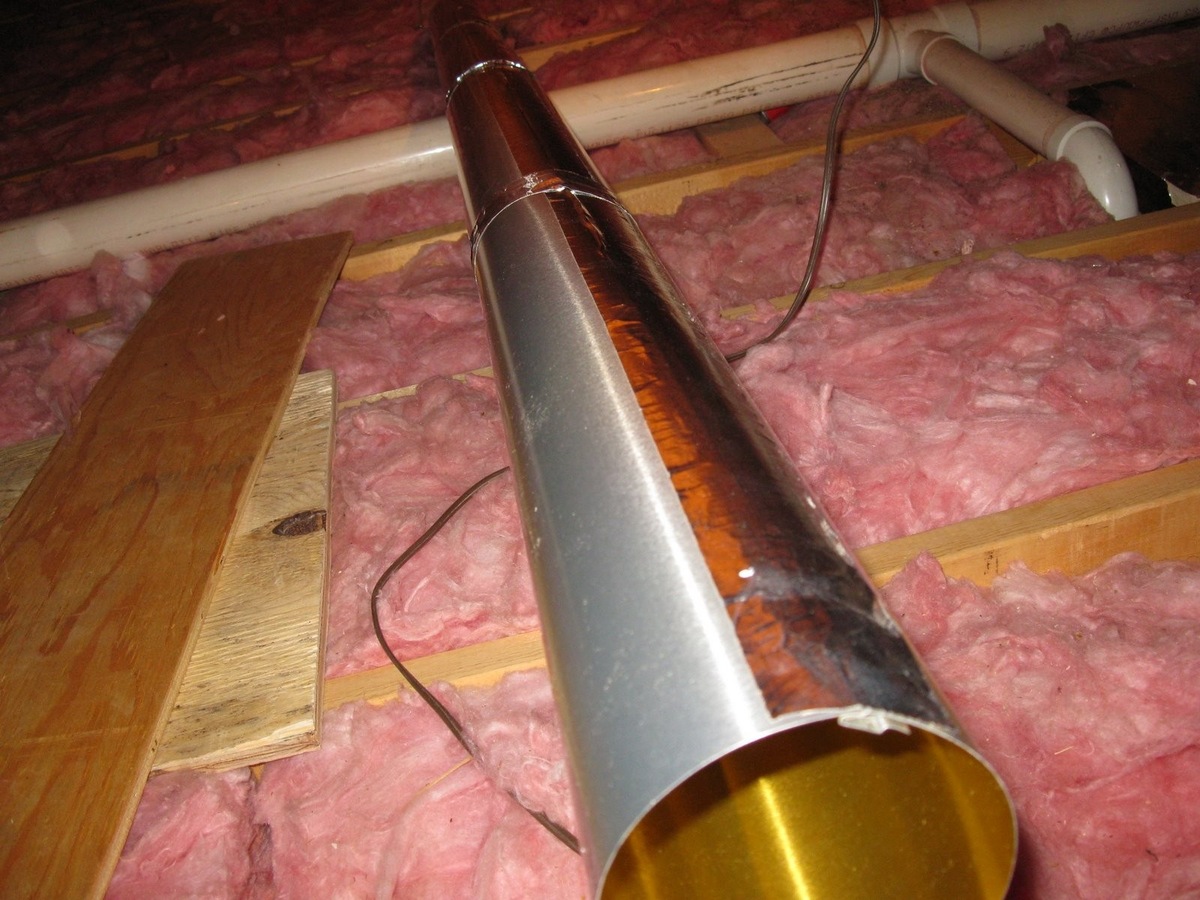
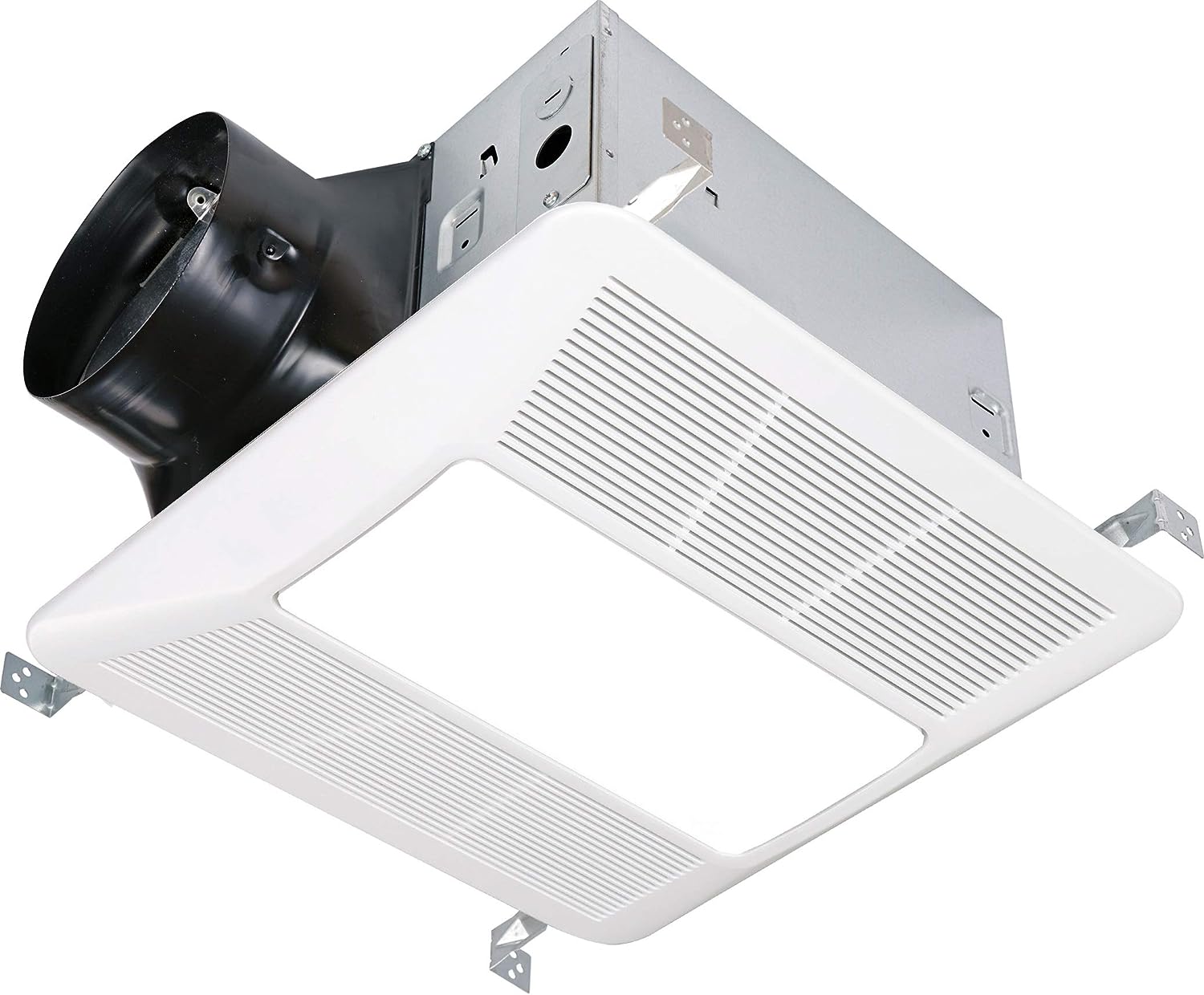
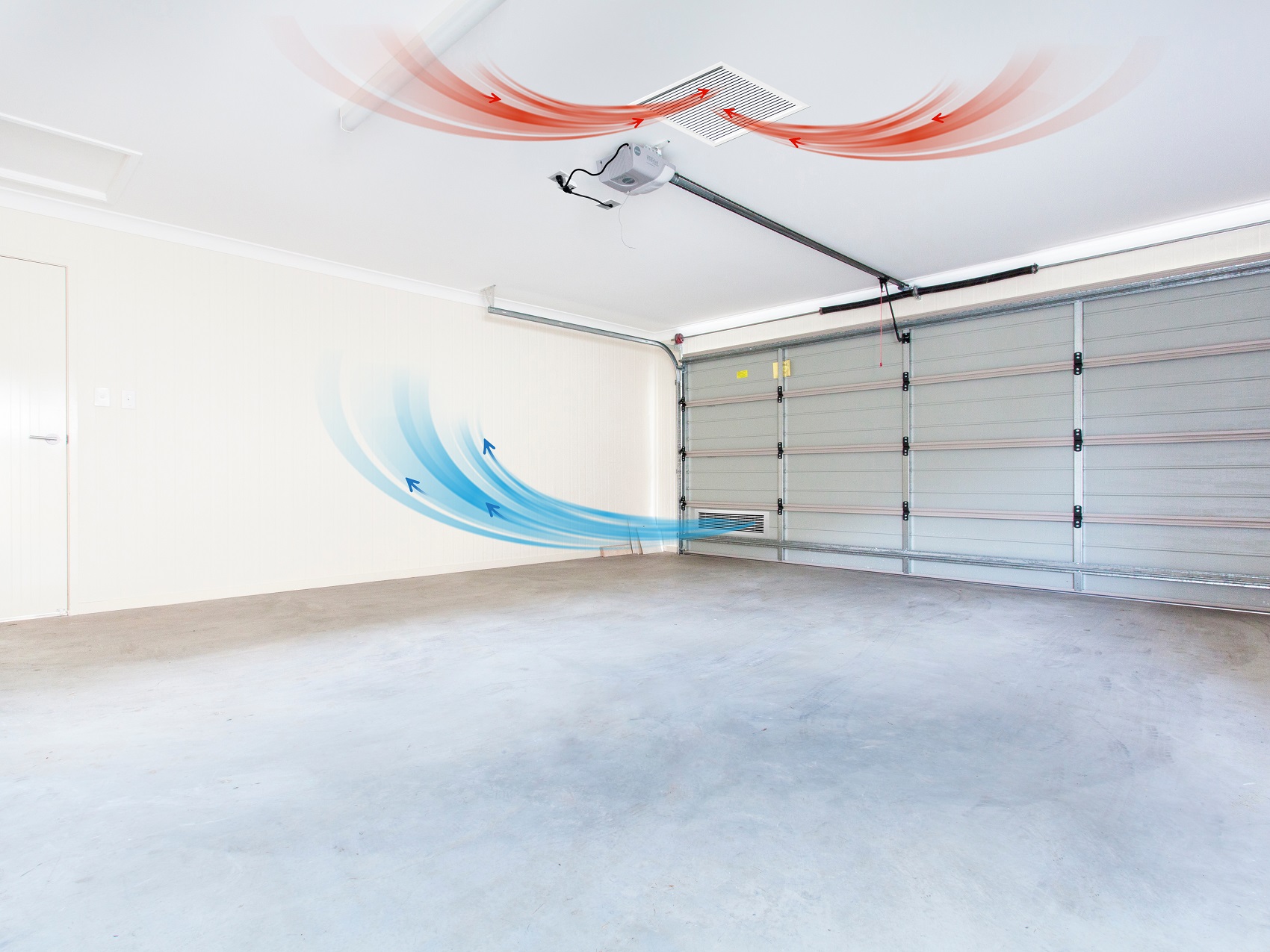
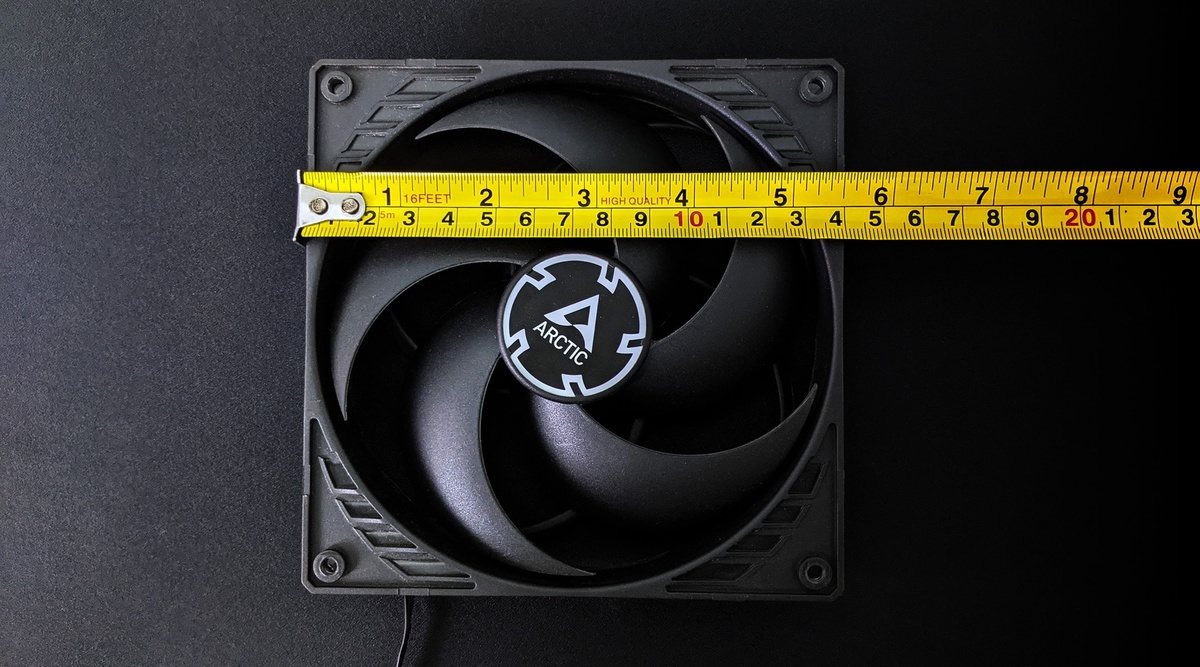
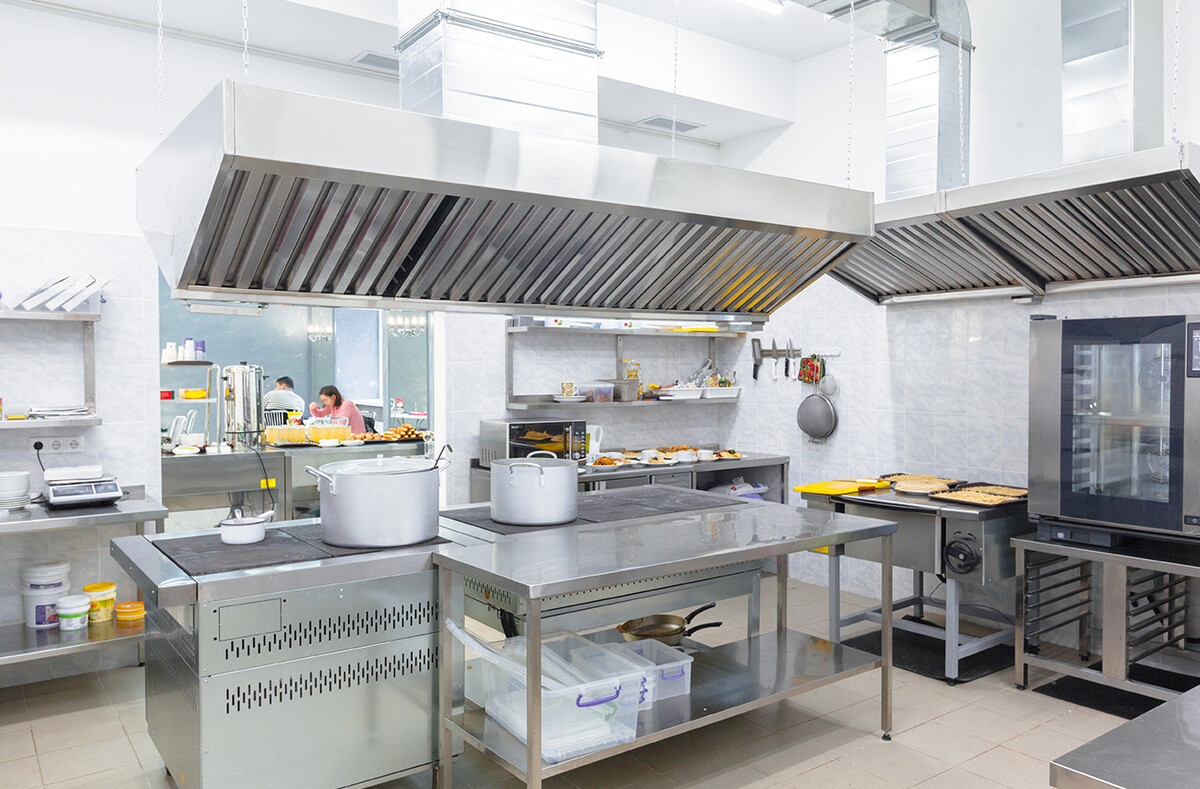
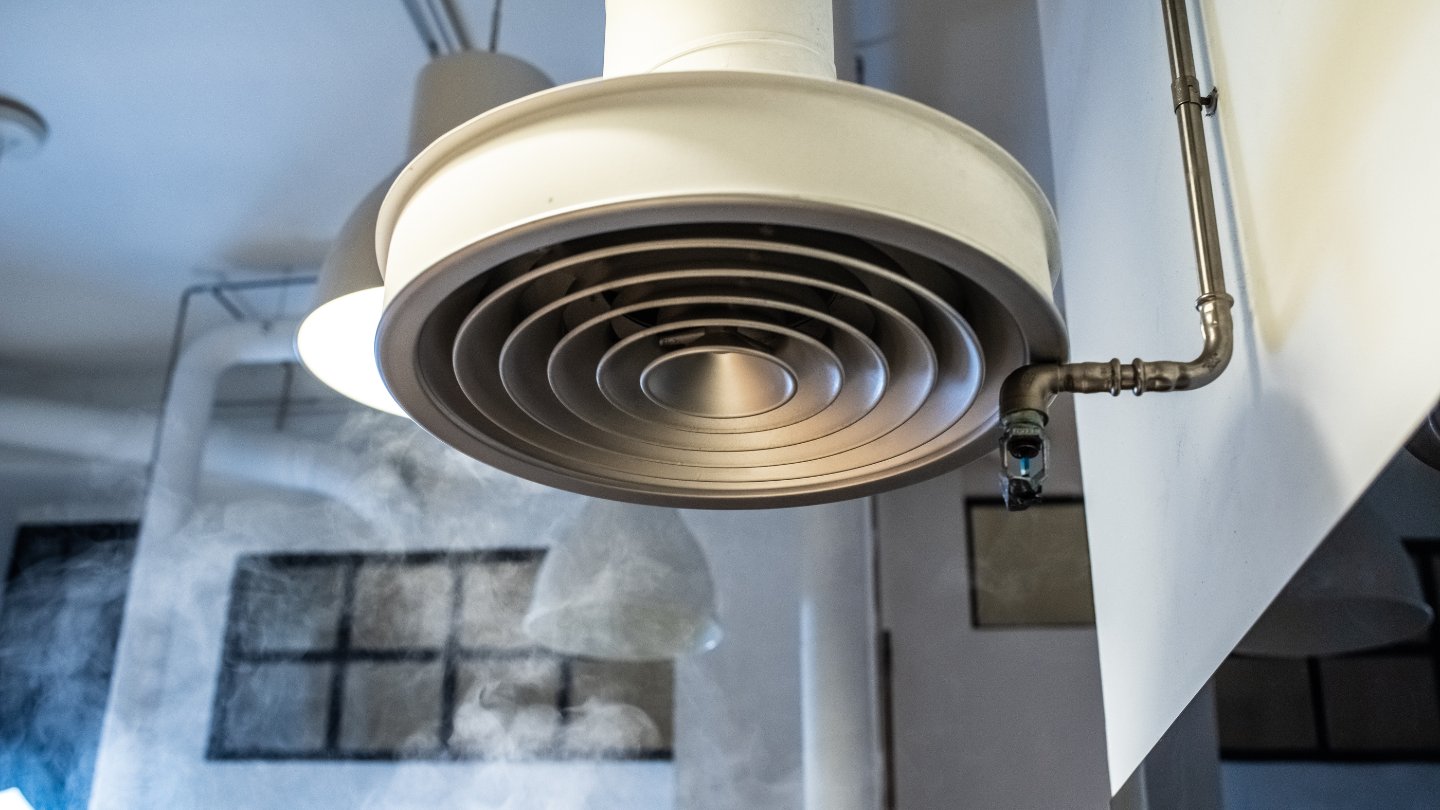
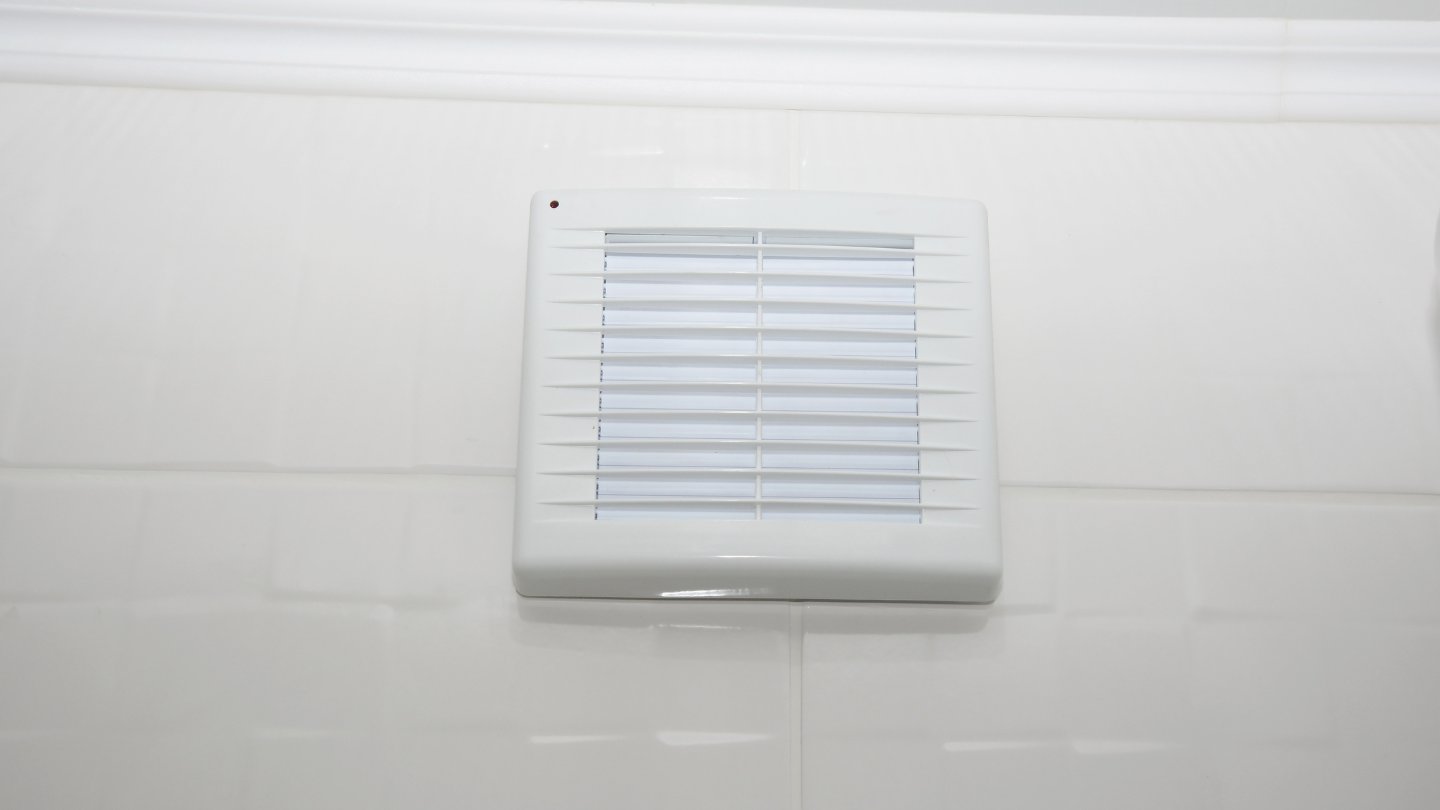
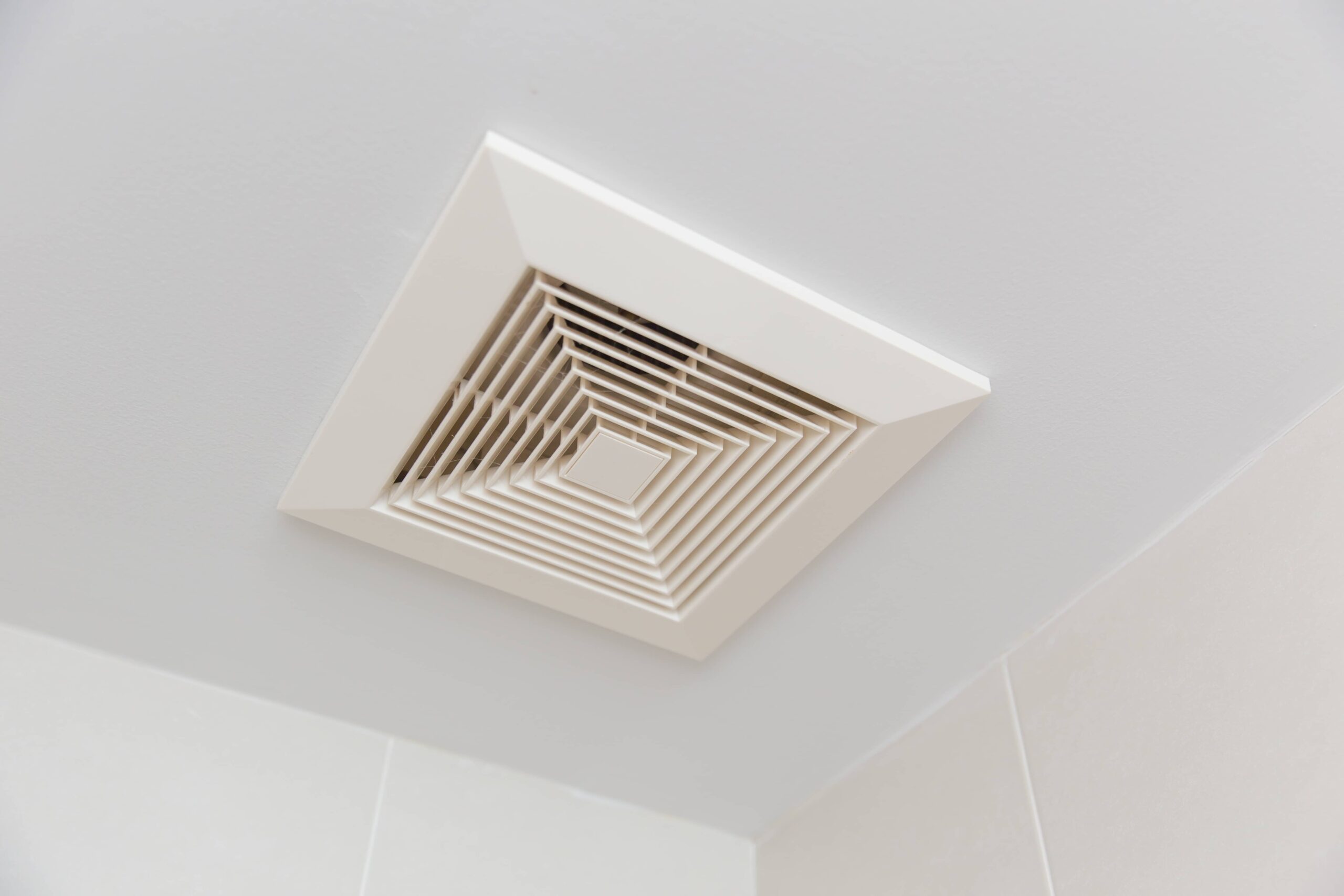

0 thoughts on “What Is The Best Exhaust Fan For The Kitchen”